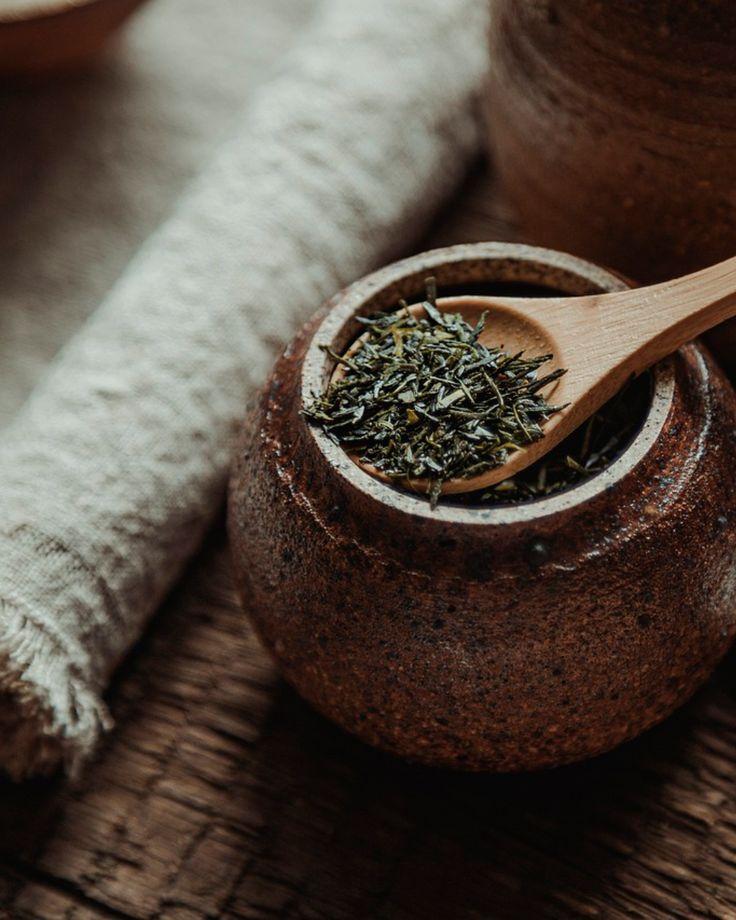Introduction: When Good Cups Go Bad
That stubborn brown ring inside your favorite cup isn’t just unsightly—it can harbor bacteria and alter flavors. From antique bone china to modern mugs, this guide reveals professional tricks to restore and protect teacups.
Chapter 1: Stain Removal Hacks
| Stain Type | Solution | Method |
|---|---|---|
| Tannin Buildup | Baking soda paste | Gently scrub, rinse |
| Mineral Rings | White vinegar soak | 1 hour, then wash |
| Lime Scale | Lemon juice + salt | Rub, then boil in water |
| Crazing (Fine Cracks) | Bleach-free denture tablets | Soak overnight |
Warning:
-
Avoid steel wool on gold-leaf rims—use soft cloths instead.
-
Dishwashers fade hand-painted designs over time.
Chapter 2: Daily Care Routine
-
Post-Use Rinse
-
Cold water first to prevent tannins from setting.
-
-
Drying
-
Air-dry upside down on a rack to prevent base stains.
-
-
Storage
-
Separate cups to prevent chips (use felt liners).
-
For heirlooms: Wrap in acid-free tissue to prevent glaze damage.
Chapter 3: Restoring Vintage Cups
-
De-yellowing:
-
Hydrogen peroxide soak (3%) for 30 minutes.
-
-
Cracked Handles:
-
Food-safe epoxy (e.g., Kintsugi-inspired repairs).
-
-
Odor Removal:
-
Sun-drying for 4 hours (UV kills bacteria).
-
Pro Tip: Test cleaners on the bottom rim first.
Shop Teacup Care Kits.
Conclusion: A Cup for Generations
With proper care, a quality teacup can outlive its owner. Remember: Never microwave delicate cups (thermal shock cracks them).
Treat your collection: Shop Replacement Saucers.

